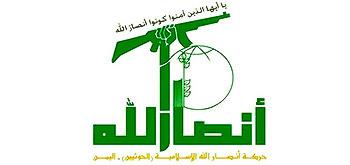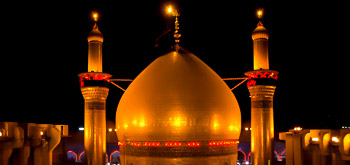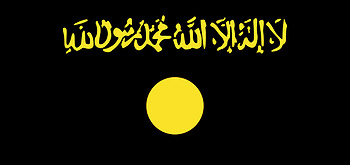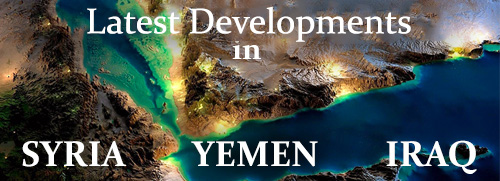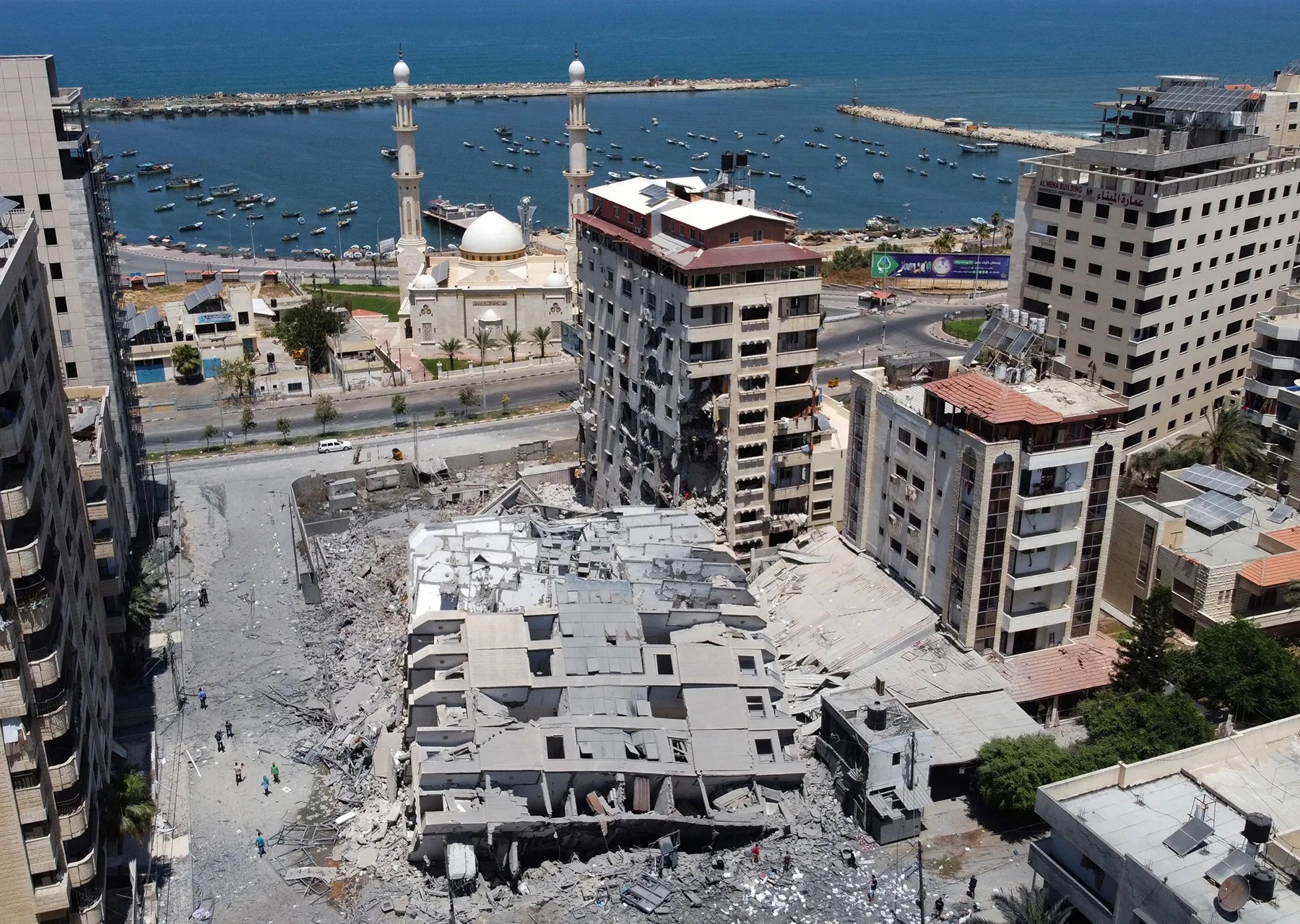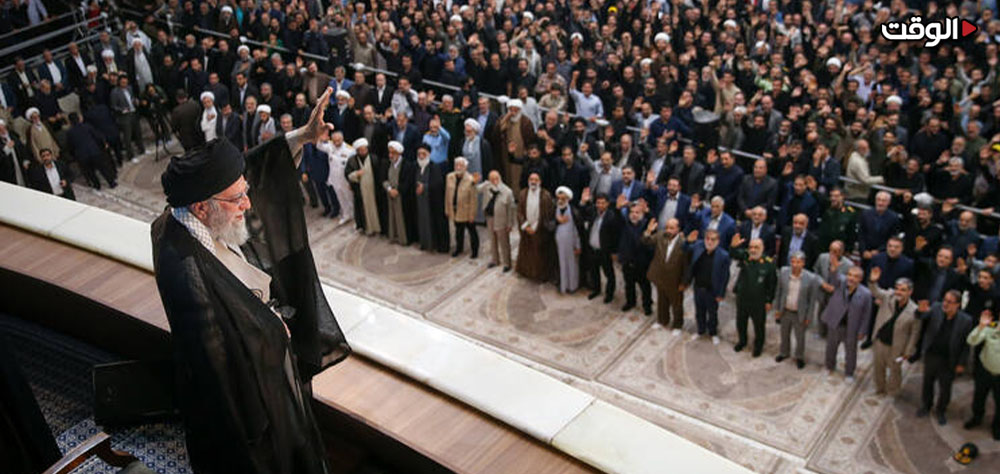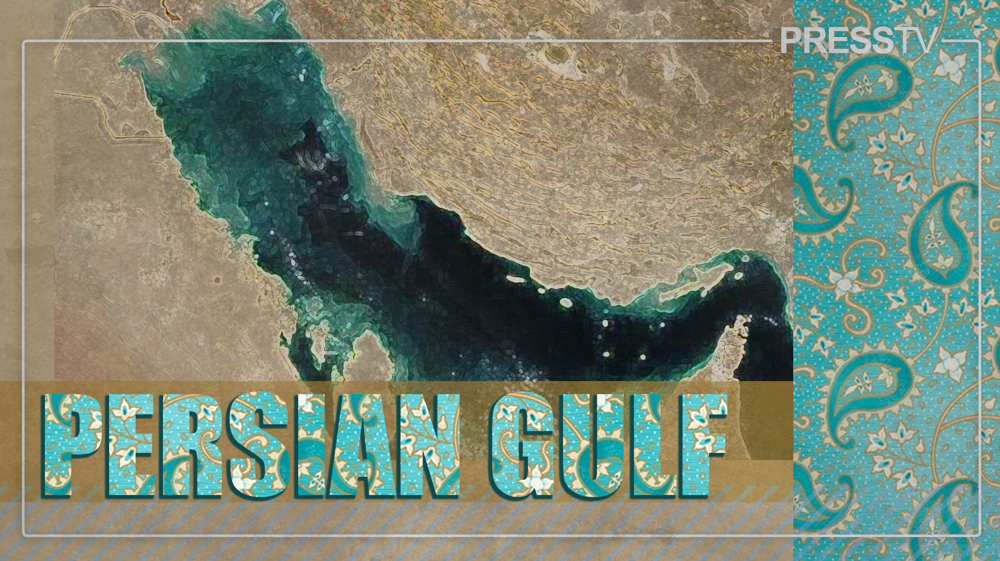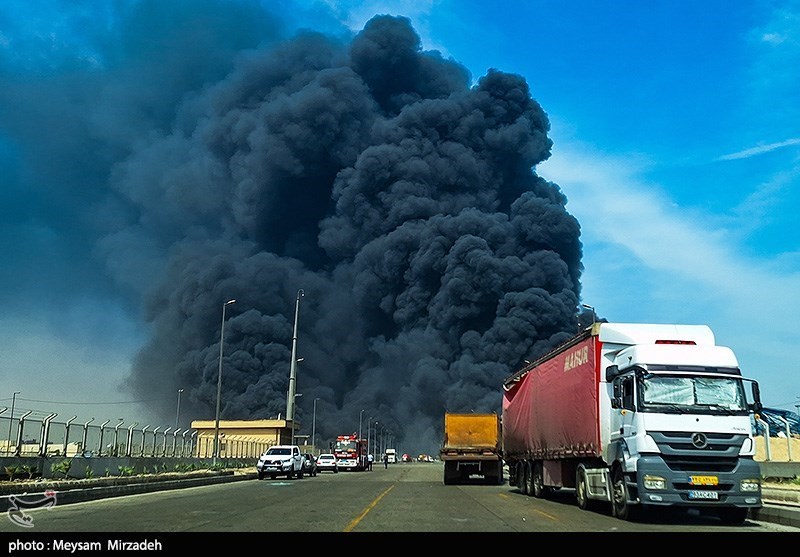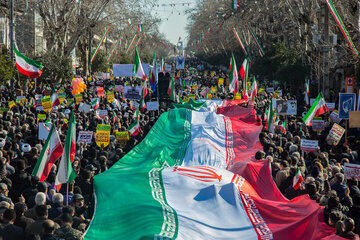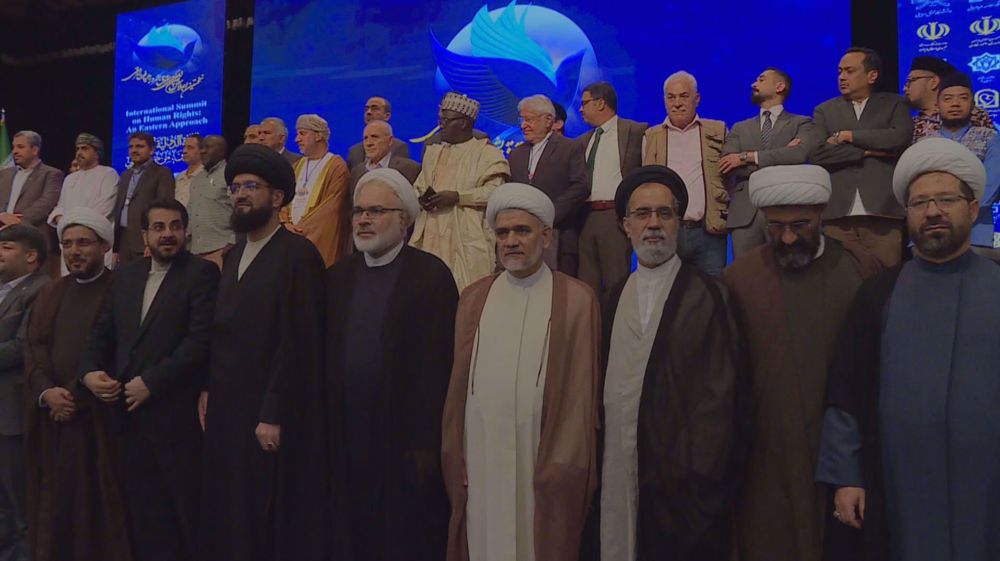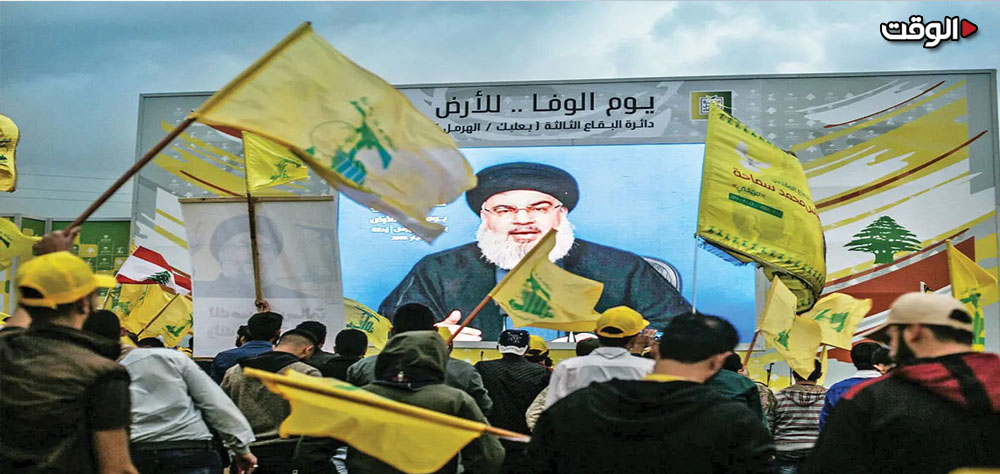Alwaght- On the eve of the end of the second year of the Gaza war, the Israeli regime is pursuing a a broader strategy to turn the coastal enclave into an uninhabitable place after killing tens of thousands of civilians and fully destroying its infrastructure.
As part of this plan, in the new round of its Gaza invasion, the Israeli army has prioritized destruction of tall buildings and residential towers and in the first action it on Friday targeted Al-Mashtaha Tower in western Gaza with three missiles following a warning by Defense Minister Israel Katz, razing the building to the ground.
Katz has threatened to wipe out Gaza’s inhabitants, stating that the initial warnings to evacuate multi-story buildings are just the beginning, as they are now being targeted.
Tel Aviv has put out claims that these towers were being used as military bases or hubs for Hamas forces, stating that knocking them out is part of its goal to take out the resistance movement's military infrastructure.
However, the razing of Gaza's buildings is not a new tactic. Since the war broke out, the systematic demolition of structures has been carried out by the occupying regime. Contrary to Israeli officials' claims, wiping out critical infrastructure as a means of putting pressure on civilians has been a central strategy of Tel Aviv.
According to the latest UN data (from October 2023 to July 2025), approximately 193,000 buildings in Gaza have either been completely wiped out or have sustained some level of damage. This figure adds up to roughly 78 percent of all urban structures in the territory.
The UN’s Economic and Social Commission for West Asia (ESCWA) has estimated that the total number of destroyed and damaged buildings could reach around 360,000. Major news outlets like the AP and France 24 have reported on these estimates, pointing to a consensus of between 170,000 and 200,000 buildings affected.
Gaza's Civil Defense spokesperson reported that since early August, Israeli military forces have torn down over 1,500 residential buildings in the Zeitoun neighborhood in less than a month.
Given these conditions, nearly every structure in Gaza has been fully or partially destroyed. The few remaining high-rises are now on a target list, as Israel looks to conclude its campaign of devastation.
Targeted destruction of residential areas
This action by the Israeli army at the end of the second year of war is coming as targeted for Tel Aviv to realize part of its war objectives. Gaza is densely populated and the residential high-rises are the only way to settle thousands of families in a small area. Meanwhile, targeted destroying of these towers in practice means leaving thousands of families homeless.
Tel Aviv's actions are seen as a form of silent relocation, a gradual process of depopulation. When the essential infrastructure for life—water, electricity, housing, and health services—is wiped out, people are forced to flee the area. In this context, the demolition of towers is a tool to exert psychological and physical pressure on Gaza's civilian population to drive them toward the Egyptian border and other regions.
This strategy is interpreted as a continuation of the Israeli government's historical policies to alter the demographic composition of Palestine. Just as millions of Palestinians were forcibly displaced in 1948 and 1967, the regime is now accused of trying to create a new wave of displacement by destroying the means of life in Gaza.
Tall buildings, due to their high capacity for sheltering displaced people and their symbolic nature, are primary targets in this campaign. The collapse of a single tower not only leaves hundreds of families homeless but also undermines hope for the reconstruction of urban life.
In other words, these demolitions are part of a strategic war to destroy the Palestinians' "right to remain" in their land. From the Israeli perspective, if life in Gaza becomes an unbearable hell, then the international community—and even some Palestinians—might acquiesce to a forced migration.
Should Gaza be completely destroyed, Tel Aviv and Washington could use the pretext of rebuilding the strip to push Palestinians out, while placing extensive obstacles to their return. This would make a practical return to their homeland nearly impossible—a scenario previously suggested by former US President Donald Trump.
Creating an apocalyptic picture of Gaza to declare victory
Tel Aviv has consistently used its propaganda apparatus in its wars against Palestinian groups to project an image of its military's invincibility to both its domestic audience and international backers. However, recent conflicts, particularly in Gaza, have demonstrated that the Israeli army is not only incapable of fully eliminating resistance but has also faced significant defeats and casualties in numerous ground battles.
From this perspective, the destruction of high-rise buildings and towers in Gaza serves as a symbolic victory for Tel Aviv. The widespread imagery of ruins, collapsed towers, and decimated urban landscapes has become part of the narrative of achievement in Hebrew media.
Grappling with security anxieties, internal divisions, and the costs of war, Israeli society seeks tangible signs of military success in Gaza. The physical devastation of Gaza creates the perception that, at the very least, the enemy's infrastructure and urban framework have been completely destroyed—even if resistance fighters continue to operate on the ground.
In other words, by creating an apocalyptic vision of Gaza—a city reduced to rubble, stripped of its towers and buildings—Tel Aviv aims to send a message to both its domestic public and international supporters: We have succeeded in destroying the enemy. While this imagery does not reflect the reality on the ground, in modern warfare, where psychological and media dimensions play crucial roles, it can serve to mask it military failures.
Reversing defeat in ground confrontation with Hamas
Another factor motivating Israeli destruction campaign targeting Gaza towers is the developments on the ground. Over two years of war have shown that the occupation army is in serious trouble fighting ground battles against Hamas and other resistance groups. Tunnels, ambushes, and guerrilla warfare of resistance fighters have repeatedly surprised the Israeli forces, imposing heavy human casualties on them.
One of the most significant challenges for the Israeli military has been the use of buildings by resistance fighters to carry out ambush operations. Multi-story structures, with their complex layouts and numerous floors, provide ideal conditions for urban warfare.
Although Tel Aviv attempts to clear these areas with advanced technology, ground operations remain extremely high-risk. Israeli forces have repeatedly fallen into explosive traps set by resistance fighters, resulting in numerous casualties. Israeli officials have referred to these battles as "difficult days" due to the heavy losses incurred.
Jerusalem Post reports that Hamas fighters feel relative security in approximately 30 percent of the Gaza Strip, enabling them to infiltrate 60-70 percent of other areas and lie in wait for opportunities to target Israeli soldiers.
Consequently, Tel Aviv has adopted a strategy focused on the complete destruction of these buildings before any ground engagement occurs. In other words, if there are no towers left standing, the possibility of resistance fighters using them for concealment or ambush is eliminated. This approach allows Israel to avoid heavy human casualties in direct confrontations by relying on aerial bombardment—a method with lower immediate military cost.
While this tactic may be militarily understandable, it comes at the devastating price of thousands of innocent civilian lives and the widespread destruction of non-military infrastructure. Under international law, the deliberate destruction of residential buildings without military necessity constitutes a war crime. Yet, shielded by the silence or support of major Western powers, Tel Aviv continues to pursue this strategy while unchecked by world community.
The massive destruction of Gaza's buildings by the occupying army is meant to eliminate Hamas forces' ability to lay ambushes and traps. However, experience has shown that these forces primarily operate from underground tunnels rather than high-rise structures. This reality has prevented Israeli troops from gaining significant intelligence about militant hideouts despite the prolonged conflict, rendering the destruction of buildings largely ineffective in achieving this objective.
Jerusalem Post questioned the effectiveness of the building demolition policy in a Wednesday report, noting that its results "may backfire."
Experience tells us that that such strategies have not only failed to eliminate resistance but have actually inflamed Palestinian anger and motivation to confront the occupying forces. Each collapsed tower becomes a symbol of Israeli oppression and a new reason to continue resistance. The images of Gaza's ruins are increasingly raising global public awareness about the true nature of this conflict, amplifying pressure on Israel to account for potential war crimes. In the long term, this policy will likely isolate Israel and de-legitimize it further.



